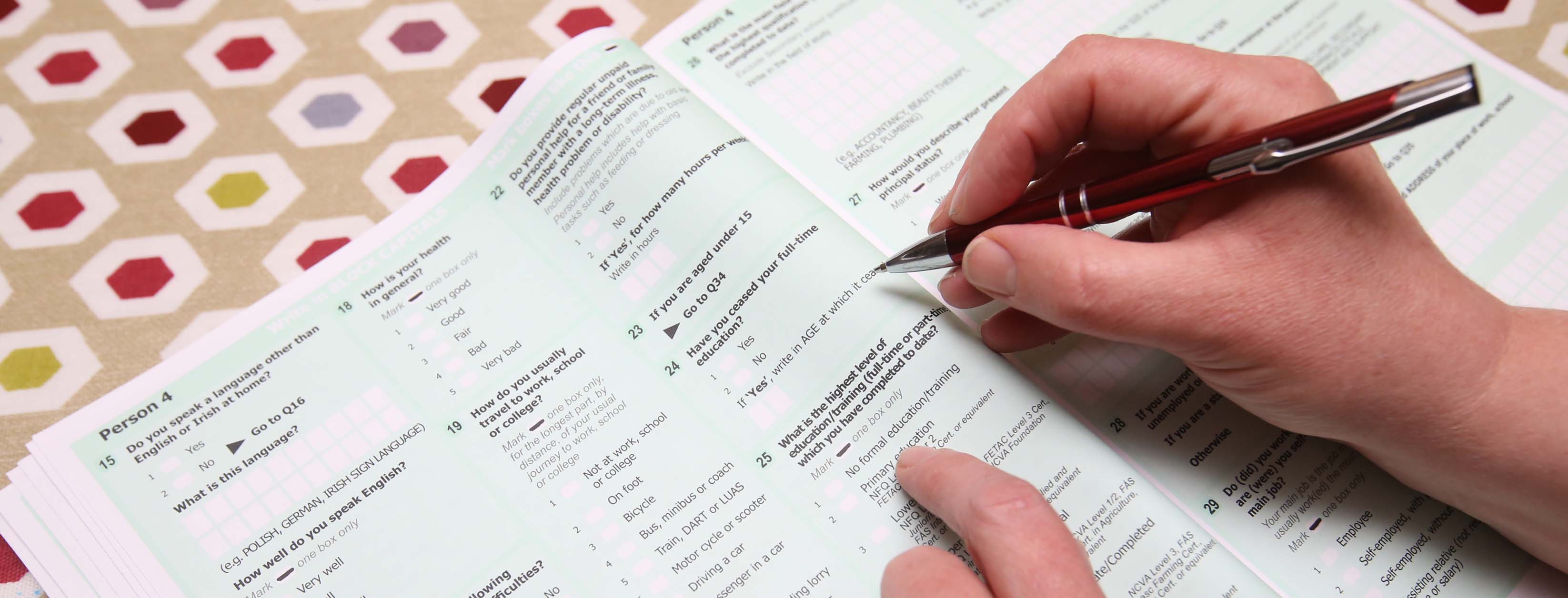
40% rise in numbers working in professional sector – census
Results from Census 2022 show that the State’s population has topped five million for the first time in 171 years.
According to the Central Statistics Office (CSO), the population on census night, Sunday 3 April, was 5,149,139 – up 8% compared with the previous census in 2016.
The average age of the population increased from 37.4 in 2016 to 38.8 in 2022.
The census shows that the number of people over 65 rose by 22%, but there was only marginal growth in the category covering people aged 14 and under.
Net migration accounted for almost 220,000 of the total population increase of 387,000 since 2016.
Working from home
The census figures show that around one-third of all workers – almost 750,000 people – worked from home for at least some part of their week.
Four out of five professionals in business, media and the public service availed of home working.
The number of people in work jumped by 16% to 2.3 million, while the unemployment rate dropped from 13% in 2016 to 8% last year.
The census figures show that, over the six-year period, there was an increase of almost 40% in the number of people (158,000) working in professional, scientific and technical activities – a category that includes the legal sector.
While the average commuting time for workers increased only slightly, to 29 minutes, the number of commuters leaving home before 6.30am rose by 23% between 2016 and 2022, and the number leaving between 6.30am and 7am increased by 47%.
The number of people who drove to work increased by 4% to 1.2 million between 2016 and 2022, but there were 4% fewer people commuting to work by train, LUAS or DART.
Private rents
On housing, the figures show that the number of occupied dwellings increased by 8% between 2016 and 2022, matching the increase in the population.
The proportion of owner-occupied dwellings continued to fall – down from almost 70% to 66% in the 11 years to 2022.
The average rent paid in properties rented from a private landlord increased by 37% to €272.91 a week in the six years to 2022, according to the CSO.
In properties rented from a local authority, the average rent increased by 14% to €77.92 a week.
More homes built
The figures indicate that 93,000 homes were built between 2016 and 2022 – almost twice the number built in the previous inter-censal period (2011-2016).
Just over half of the new homes built since 2016 were owner-occupied with a mortgage or loan.
Nearly 14,000 were rented from private landlords, while another 12,500 were rented from local authorities. Just over 5,600 of the new homes were rented from voluntary or co-operative bodies.
More than 70% of homes built since 2016 used at least one source of renewable energy, with around 30% having solar panels.